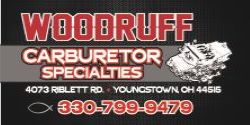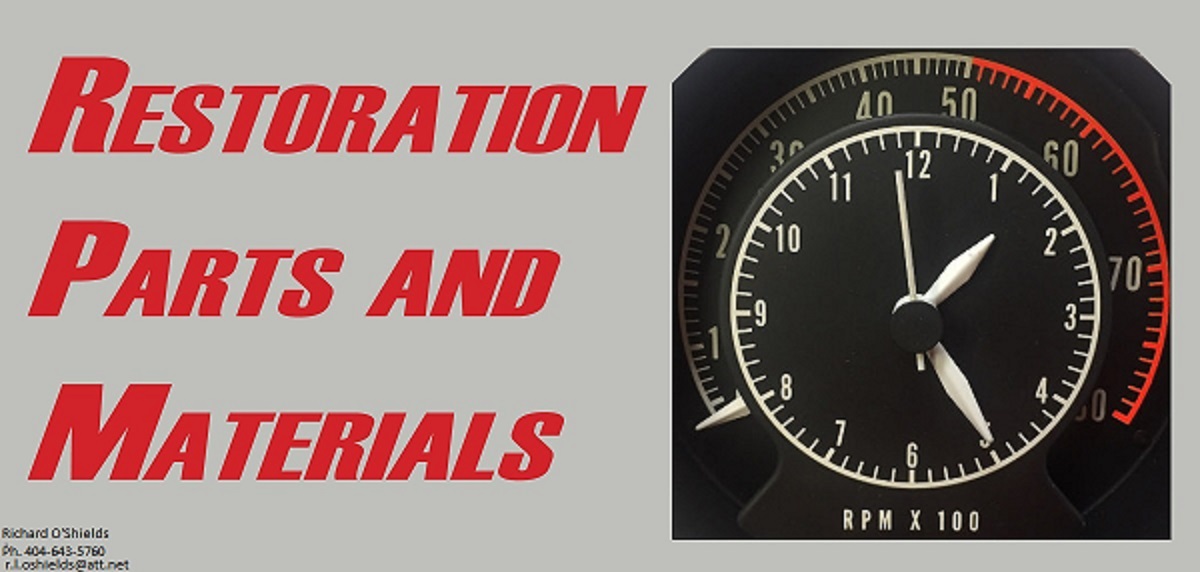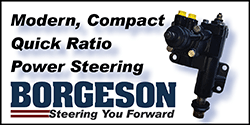"Over-camming" is just that, "too radical" as when the CID decreases, the same cams that work well in a 383 or larger, "get larger" in relation to the CID of the motor. This all happens kind fo on a sliding scale, gradually, until you get to an "on-off" area on the curve. Manipulating some valve open/close events and durations can mask this or make it worse, so that "best mix" is sought.
As to the lobe centerline numbers, a stock LCL is usually in the 114* range. Many aftermarket cans can be in the 110* range. As others are in the 107-108* range. 110* is supposed to increase the mid-range power as the higher numbers can have better idle vacuum and smoothness.. And there is Vizard's formula which ends up more in the 108* range.
There are some YouTube videos on this subject. Everybody seems to know of what they speak, but say different things. So I look at the dyno curves of their engines! In one test, where the three LCLs were tested (same duration and lift numbers, different LCLs), there was a lot of difference in low-rpm torque, but by 3200rpms, the three curves converged and were the same until the tests' highest rpm level. The higher LCL number = highest torque, 110* was in the middle, with 107* the lowest low-end torque. Many cam grinders have different things they want their came to do AND talk highly of what they have done, in all cases. Many people have their favorites, which is fine.
WAY back in the later 1970s, when I knew I wanted to upgrade the cam and intake on my 305, I devised a "cam factor" formula, related to engine size, intake and exhaust duration (separately), and then intake and exhaust valve sizes (separately). ALL using my trusty slide rule. Using this tool, I could take a "good running" 350 and downsize the cam for a smaller engine size. In some cases, changing valve sizes would do it. Still, it generated numbers I could look at and understand. So I went with a cam one notch smaller than the popular 350-engine cam for my 305. A complicating factor was the 31mph/1000 rpm gearing and tire size. So that is when I came to the conclusion that I wanted "a torque motor that would rpm", with that gearing.
When looking at cam specs, they are usually more-optimized for the popular engine sizes. In this case, 383s and 440s, rather than smaller. As the 361s and 413s are, by comparison.
Enjoy!
CBODY67
















